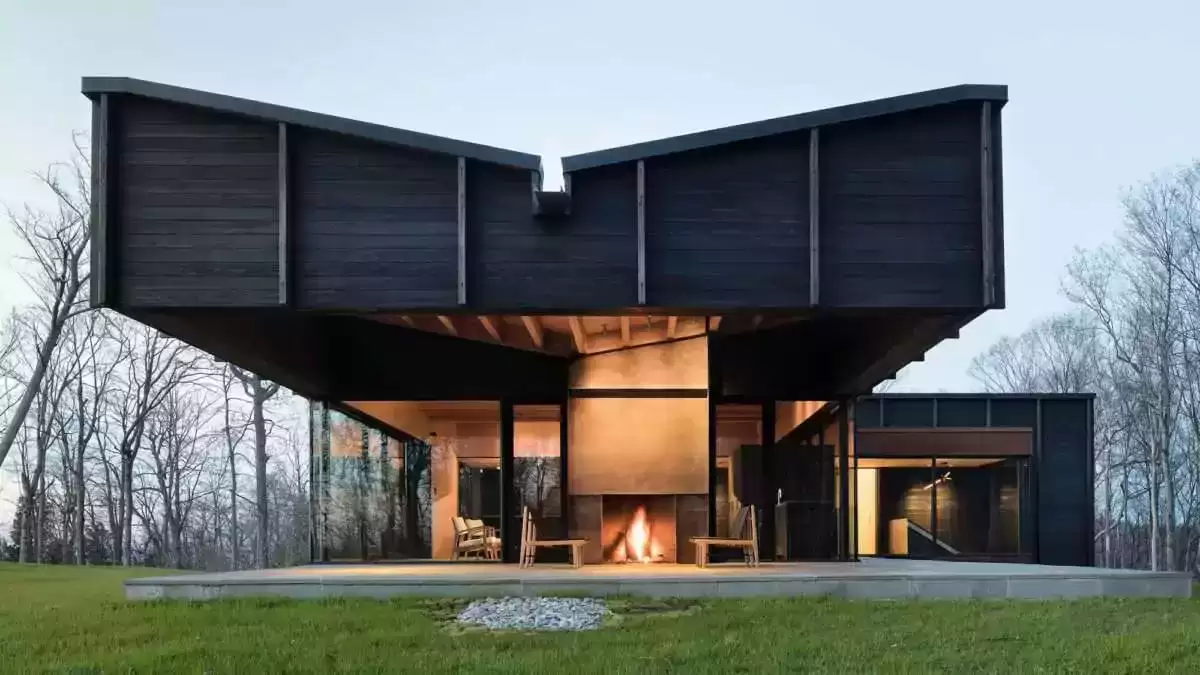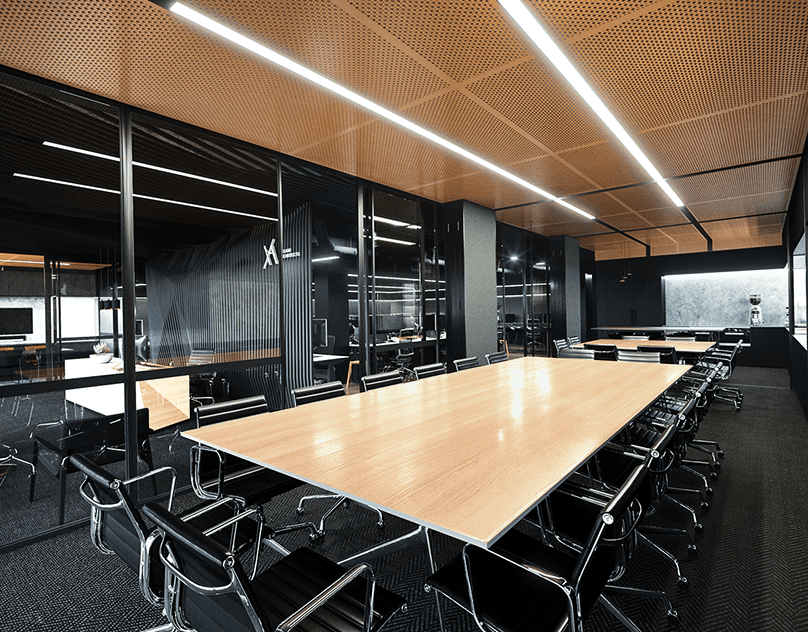In the heart of Al-Ahsa, the historical Souq Al-Qaisariyah stands as a testament to the rich cultural tapestry of Saudi Arabia, embodying centuries of commerce, community, and craftsmanship. This marketplace, once the nucleus of daily life and trade, is undergoing a transformative revival, blending its rich heritage with the functionalities and aesthetics of the modern era. The revitalization of Souq Al-Qaisariyah exemplifies a broader movement within the Kingdom to rejuvenate traditional marketplaces, preserving their historical essence while adapting them for contemporary use.
Architectural and Social Significance
Souq Al-Qaisariyah has long been a focal point of social and economic activity, showcasing the vibrant interplay between architectural heritage and communal life. Its narrow alleyways, shaded courtyards, and intricately carved facades narrate stories of a bygone era, offering insights into the traditional Khaleeji architectural styles. The souq’s design, characterized by its adaptability to the harsh desert climate through passive cooling techniques and the use of local materials, underscores the ingenuity of traditional Saudi architecture.
Modern Adaptation for Community Revival
The modernization efforts within Souq Al-Qaisariyah are sensitively designed to honor its architectural integrity while infusing new life into its spaces. The introduction of contemporary amenities and infrastructure, such as improved lighting, accessibility features, and updated commercial facilities, aims to enhance visitor experiences without detracting from the souq’s historical charm. These enhancements are thoughtfully integrated, ensuring that the essence of the marketplace as a community hub is preserved and strengthened.
Fostering Cultural and Economic Vitality
Revitalizing Souq Al-Qaisariyah serves a dual purpose: it safeguards a significant piece of the nation’s heritage and stimulates local economies. By attracting tourists and local patrons alike, the souq becomes a vibrant center for the sale of traditional crafts, foods, and goods, offering local artisans and entrepreneurs a platform to sustain and grow their businesses. This economic revitalization, in turn, supports the preservation of intangible cultural heritage, including crafts, culinary arts, and traditional practices, enriching the cultural fabric of the community.
Conclusion: A Model for Sustainable Urban Development
The transformation of Souq Al-Qaisariyah into a dynamic space that honors its historical roots while meeting modern needs exemplifies a model for sustainable urban development. This approach, which balances conservation with innovation, offers valuable lessons for revitalizing other historical sites and public spaces across Saudi Arabia and beyond. By embracing the rich legacy of traditional marketplaces, cities can create inclusive, vibrant urban environments that celebrate cultural identity, promote sustainability, and enhance the quality of life for all residents.
image source: Islamic Architectural Heritage
Finally, find out more on ArchUp:






